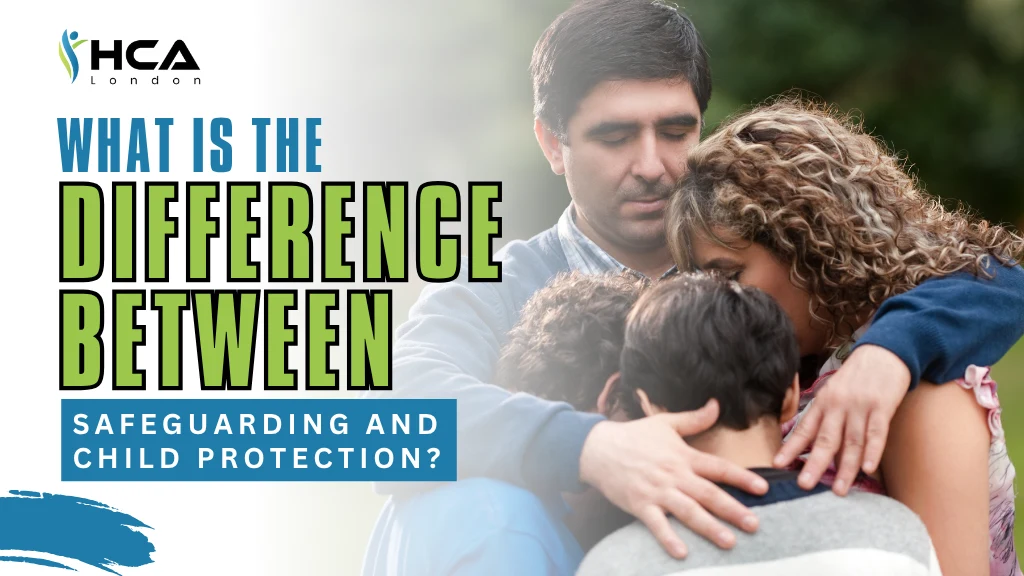In essence, safeguarding takes a proactive approach to prevent harm and promote well-being, while child protection focuses on responding to situations where harm has occurred or is likely to occur. Both play crucial roles in ensuring the safety and welfare of children.
This free online resource explores the definitions of both terms and offers practical examples to help clarify their distinctions and applications.
Safeguarding Children Definition
Safeguarding children refers to the collective efforts and measures taken to protect children from harm, abuse, or neglect. It involves creating a safe and secure environment for children, promoting their well-being, and ensuring their rights are upheld.
Safeguarding children includes actions such as implementing policies and procedures, providing education and training, identifying and addressing risks, and working collaboratively with various agencies and professionals to ensure the safety and welfare of children.
Examples of Safeguarding Children
Safeguarding children involves a range of proactive steps, including:
- Putting in place comprehensive child protection policies and procedures within organisations working with children.
- Carrying out thorough background checks and vetting for staff and volunteers who interact regularly with children.
- Offering training to staff and volunteers to help them identify and respond to signs of abuse or neglect.
- Setting up clear processes for reporting concerns or suspicions about a child’s safety.
- Ensuring the physical environment is safe and secure, including appropriate supervision and access restrictions.
- Promoting education for children and families around personal safety, boundaries, and healthy relationships.
- Working closely with external agencies like social services and the police to investigate and manage concerns.
- Providing access to support and services for children who have been harmed or are at risk.
- Regularly reviewing safeguarding procedures to ensure they are effective and reflect current best practices.
- Encouraging transparency, open communication, and accountability to maintain a protective culture.
Child Protection Definition
Child protection refers to the specific measures and interventions used to prevent and respond to instances of abuse, neglect, or exploitation. It aims to protect children who may be at risk and ensure their safety, well-being, and rights are upheld.
This involves identifying cases where harm is present or imminent, taking steps to safeguard the child, and providing appropriate support to promote recovery and long-term well-being. It also includes raising awareness, defending children’s rights, and working in partnership with various professionals and agencies.
Examples of Child Protection
Examples of child protection practices include:
- Identifying and evaluating cases where a child may be experiencing abuse, neglect, or exploitation.
- Taking direct action to prevent further harm, such as removing a child from a dangerous environment.
- Collaborating with social services and law enforcement to investigate abuse allegations.
- Offering therapeutic support, counselling, or other services to help children heal from trauma.
- Advocating for children’s rights and interests during legal or safeguarding proceedings.
- Running preventive education programmes for children and families to raise awareness about safety and abuse.
- Training frontline professionals to recognise and report safeguarding concerns.
- Providing helplines and advice services for reporting and guidance on child protection matters.
- Gathering data and conducting research to inform policy and improve responses to child abuse.
- Partnering with community groups and agencies for a unified and comprehensive protection strategy.
Although safeguarding and child protection share the same goal of keeping children safe, their approaches differ. Safeguarding is a preventive strategy aimed at promoting the overall welfare and protection of all children. Child protection is a reactive response to specific situations where a child is at risk or has been harmed. Both are essential to creating a protective and nurturing environment for children.
